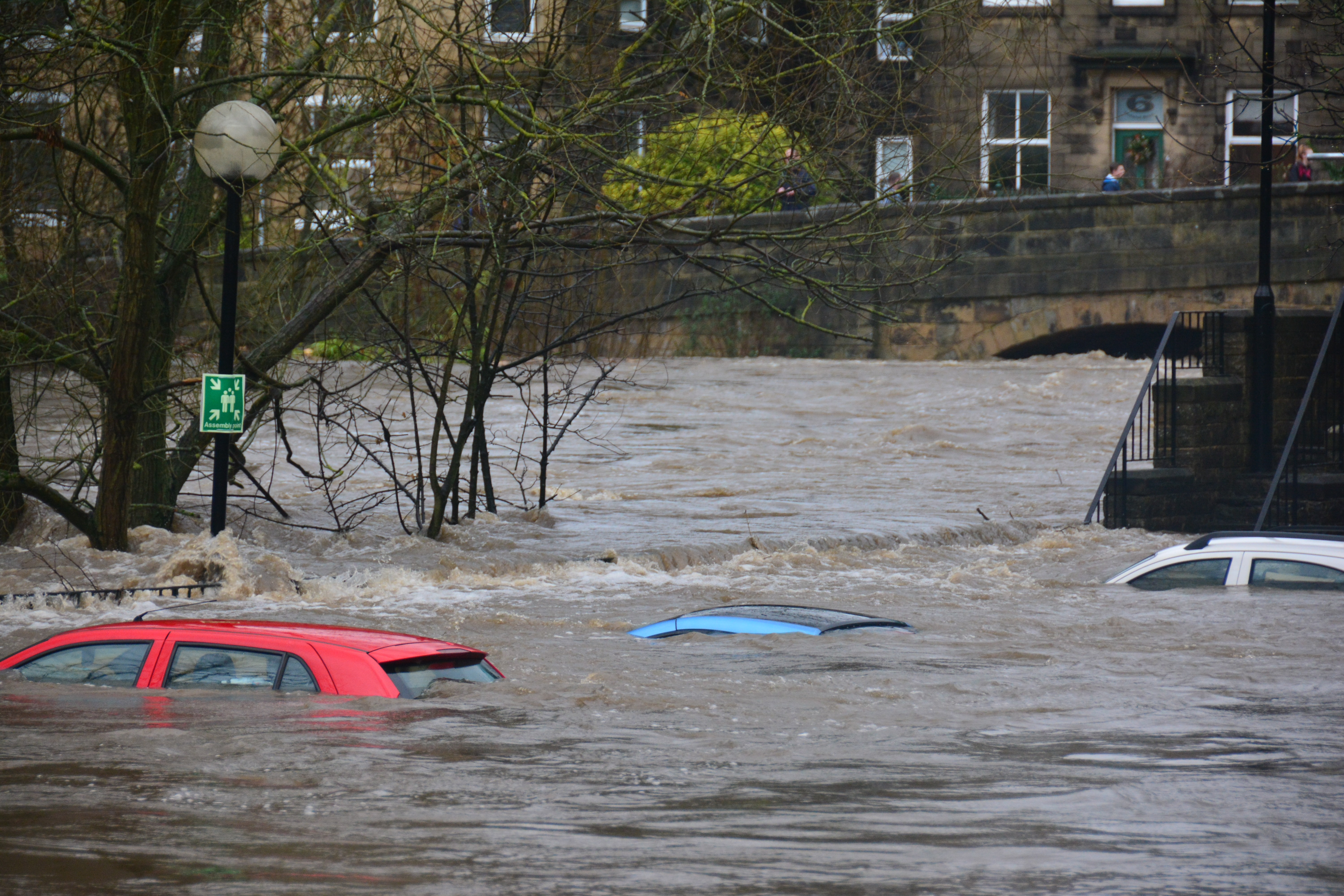News release
From:
Population is increasing at a greater rate in flood-prone areas than others, according to a study published in Nature. Satellite observations reveal that the proportion of the global population exposed to floods has increased by almost a quarter since the turn of the century — ten times higher than previous estimates. This growth is set to continue to rise by 2030.
Flooding affects more lives than any other environmental hazard. As the frequency and intensity of flooding increases, so does the need for accurate measurements of global flood exposure so that improved flood adaptation policies can reduce loss of life and livelihoods. Although previous studies have estimated flood exposure, many have relied purely on global models with great uncertainty.
Beth Tellman and colleagues used highly accurate, daily satellite observations of floods to estimate the extent of flooding and population exposure for 913 large flood events between 2000 and 2018. Examination of a total of 12,719 images captured at 250-metre resolution revealed that during this time frame 255–290 million people were directly affected by 2.23 million square kilometres of floods. Between 2000 and 2015, population growth was faster in flood-prone areas; while the total global population increased by 18.6%, there was a 34.1% increase in flooded regions. During the same five years, the number of individuals living in flooded areas rose by as much as 58–86 million (20–24%), ten times higher than flood models estimated between 1970 and 2010. Climate change projections suggest that by 2030 this proportion will expand further, with 57 countries in particular (including parts of North America, central Asia and central Africa) predicted to experience substantial increases in the percentage of their populations that are exposed to floods.
The authors hope that the evidence for rising flood risks presented in this study will help to shape crucial flood adaptation decisions, such as incentivizing relocation to other areas.



 International
International



